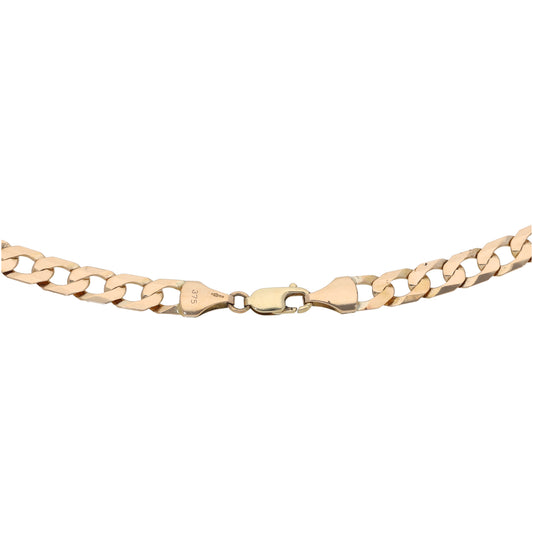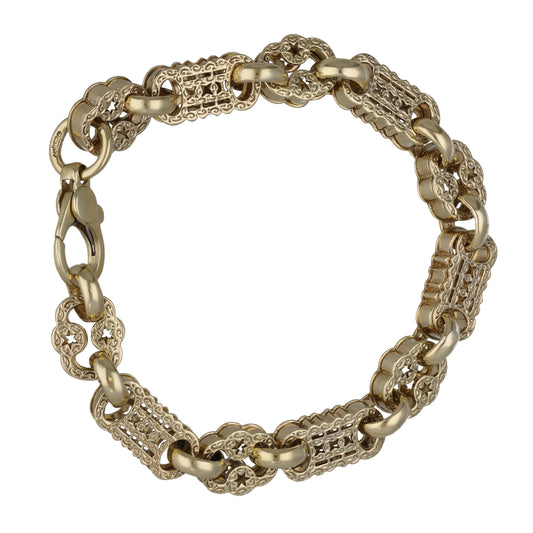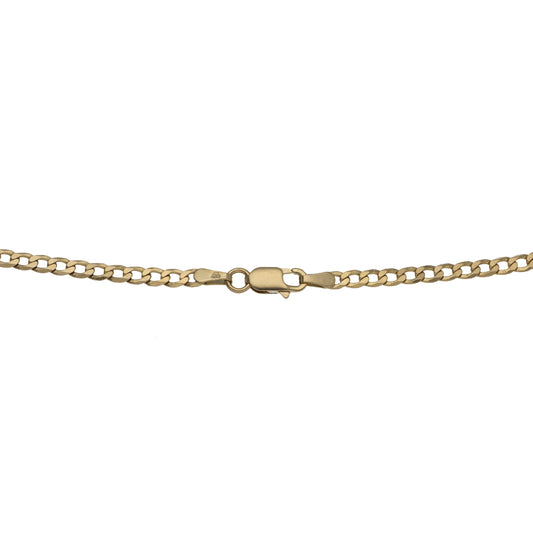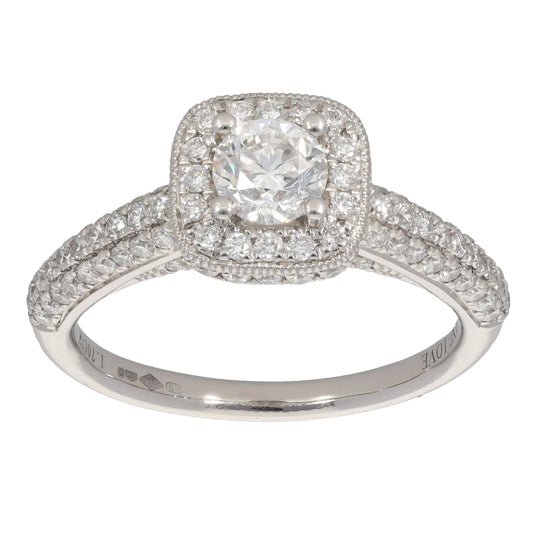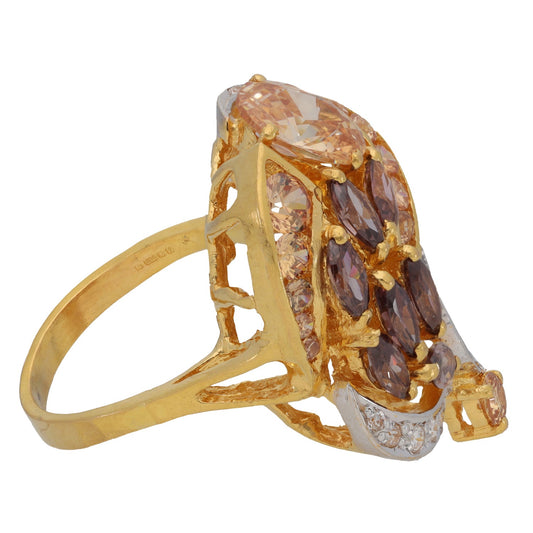
There are countless lost treasures across the world, just waiting to be found. It might seem like childlike fantasy, but there are true stories of famous gems and prized relics resurfacing and fetching fortunes, so who's to say you won't strike gold on your next adventure?
We can't give you a treasure map with an X marking the spot, but we can let you know about some of the most famous treasures still unaccounted for…
The Florentine Diamond

A drawing of the Florentine Diamond, first published in 1876
The Florentine Diamond is a yellow-green, 137-carat diamond. To put that into perspective, Jennifer Lopez's famously blingy engagement ring weighs an estimated 15 carats, while the Heart of the Ocean prop in James Cameron's Titanic was modelled after a 56-carat blue diamond.
The gem was valued at £102,166 back in 1848, an amount equivalent to over £12 million in today's money, according to the Bank of England inflation calculator. However, its fascinating story means it would fetch far more if it resurfaced.
Also known as the Tuscan, the Tuscany Diamond, the Grand Duke of Tuscany, the Austrian Diamond, and the Austrian Yellow Diamond, the Florentine Diamond's origins are disputed, although many believe that it was commissioned by Charles the Bold, Duke of Burgundy, in the late fifteenth century.
Its documented history began in 1657, when French gem merchant Jean-Baptiste Tavernier recorded its possession by the Grand Duke of Tuscany, Ferdinando II de' Medici, noting it was the largest known diamond in Europe. Through marriage, it passed into the possession of the House of Habsburgs and was placed into the Austrian Crown Jewels. It was stolen soon after it was taken into exile in Switzerland, following the fall of the Austrian Empire during World War I.
Rumour has it the diamond was taken to South America before being cut and sold in the United States. But you never know; the full diamond could still be out there somewhere.
You can learn more about the Florentine Diamond on The Daily Beast.
The Lost Imperial Fabergé eggs

The Royal Danish egg, one of six missing Imperial Fabergé eggs
Tsar Alexander III, emperor of Russia, commissioned the first Fabergé egg as an Easter gift for his wife in 1885. It must have gone down a storm, because Fabergé was appointed "goldsmith by special appointment to the Imperial Crown" and went on to produce a total of 52 Imperial eggs.
Today, we know the whereabouts of just 46. However, the story of the Third Imperial egg gives hope for their rediscovery.
Created in 1887 and lost during the Russian Revolution, the Third Imperial egg turned up at a United States flea market in 2004. The buyer, unaware of its provenance, paid £8,000 with the intention of selling the gemstones and gold for scrap, but struggled to make a sale. It was only in 2012, when a curious search led him to a Telegraph article, that he realised he was sitting on a £20 million nest egg.
The eggs that remain missing are:
- Hen with Sapphire Pendant, 1886
- Cherub with Chariot, 1888
- Nécessaire, 1889
- Mauve, 1897 (the egg's interior "surprise" has been found)
- Royal Danish, 1903
- Alexander III Commemorative, 1909
You can learn more about the missing Imperial Fabergé eggs here.
Jewels of the Patiala necklace

The Patiala Necklace was created by Cartier for Bhupinder Singh of Patiala, the Maharaja of the Indian state of Patiala, in 1928. It consisted of five chains and a neck collar adorned with Burmese rubies and 2,930 diamonds, including seven large diamonds ranging from 18 to 73 carats. But the crowning glory was "De Beers", a 234-carat yellow diamond.
The necklace went missing from the Royal Treasury of Patiala around 1948.
However, over three decades later, in 1982, "De Beers" appeared at a Sotheby's auction, where it was valued at around $3 million.
Stranger yet, in 1998, the necklace itself was discovered at an antiques shop in London, minus all of its biggest jewels. Cartier restored the piece using replica gemstones and it is occasionally exhibited.
You can learn more about the Patiala Necklace on The Tribune India.
Lost jewels and relics like these could be gathering dust in antiques shops or just waiting to be found. With stories of missing treasures across the world, you never know what you mind find on your next adventure!






